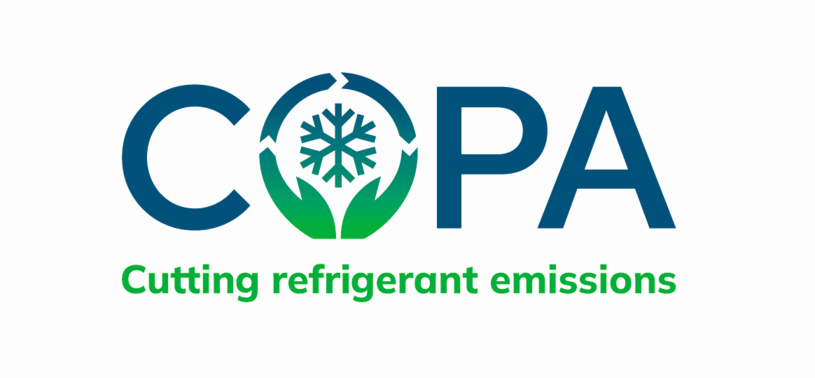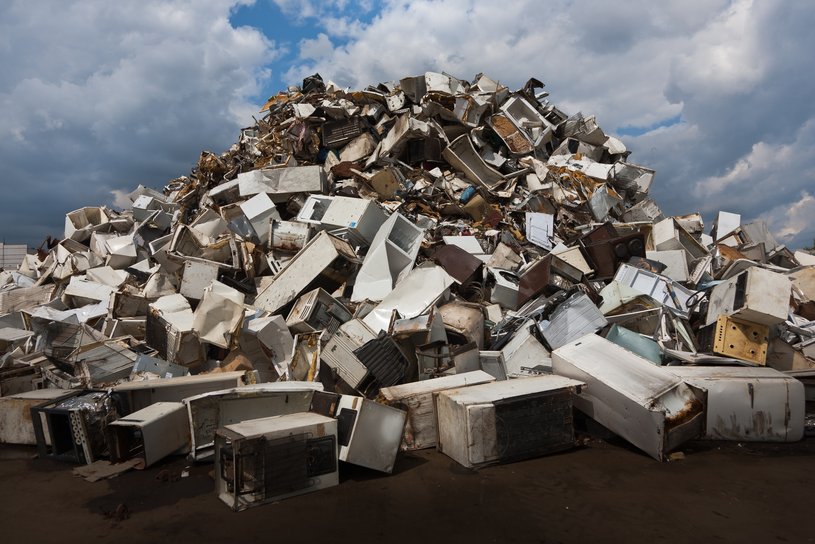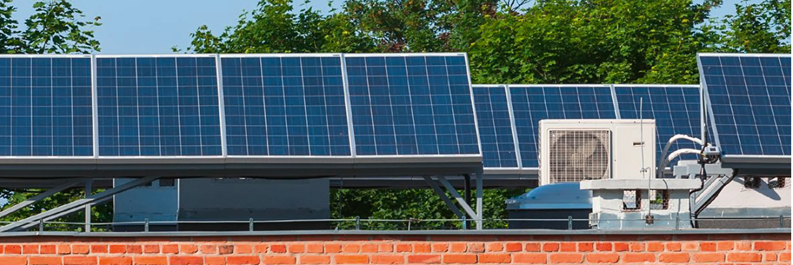On 9th June, GIZ Proklima hosted a webinar to present and discuss the results of a new study, which covers global market trends of solar PV-powered split-type AC systems and its technical components, economic analyses for hybrid and off-grid cases carried out in thirteen partner countries worldwide, and a case study on solar AC by Médecins Sans Frontières in Haiti. The study aims to contribute to further developing the highly potential but still infant PV AC market.
Space cooling in buildings is characterized by enormous growth rates due to increasing ambient temperatures, growing population and urbanisation. Today, cooling in buildings is largely dominated by mid to low appliance energy efficiency levels, highly climate-damaging refrigerants as well as fossil-fuel based electricity supply, generating huge amounts of GHG emissions. Solar energy sourced to operate efficient air conditioners (AC) using climate-friendly natural refrigerants can play a critical role in significantly decoupling GHG emissions from a rapidly growing cooling demand in buildings. Further, driven by trends such as declining costs of solar PV and energy storage equipment, on the one hand, and efficiency improvements of AC technologies, on the other hand, solar-powered cooling is gaining an increasing technological and economic potential.
Contact persons: Anja Werntges, Philipp Munzinger
Further information :
Watch the recording
This video is being blocked because of your cookie settings.


 Image: Shutterstock / Mikhail P.
Image: Shutterstock / Mikhail P.